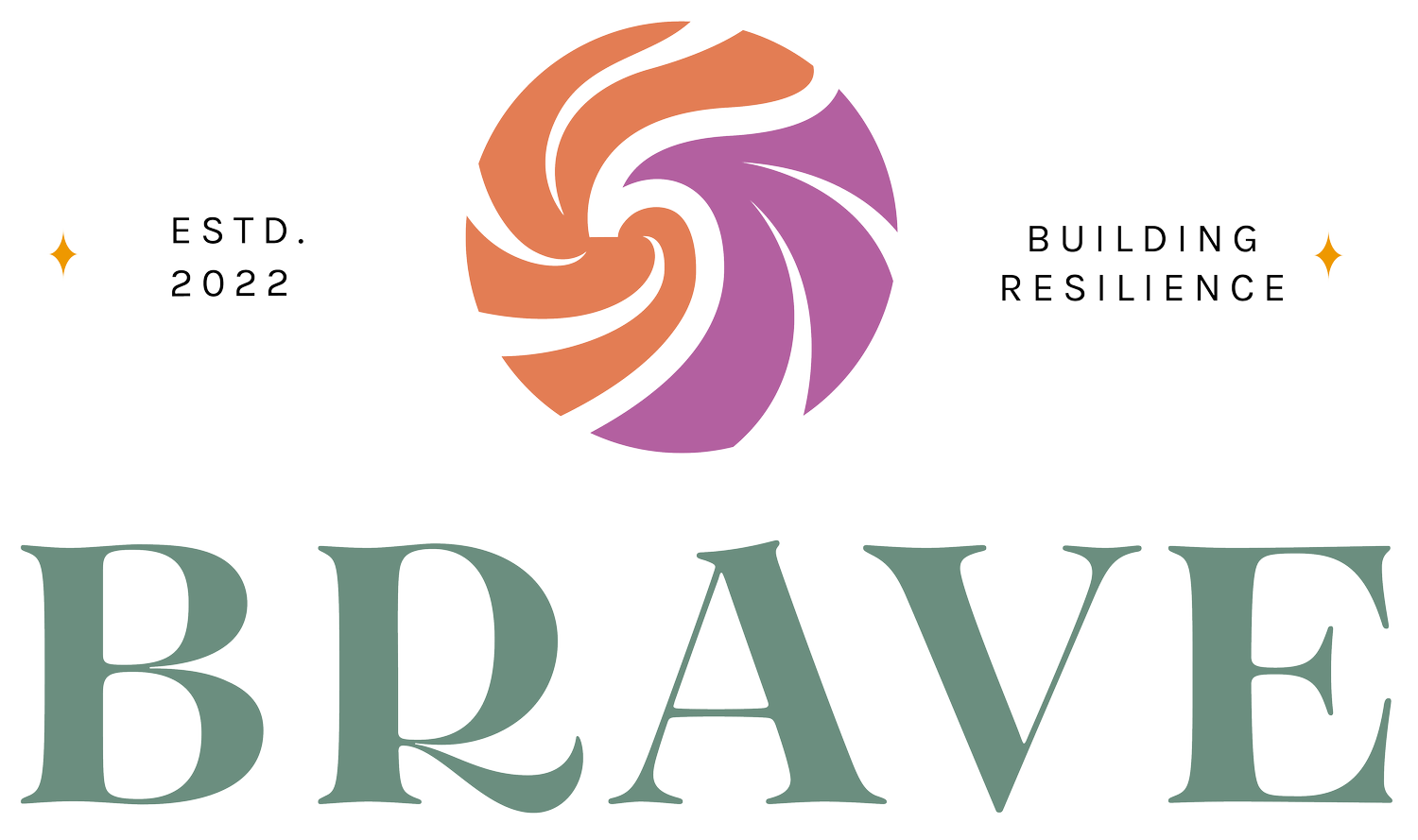The 3 Cs of Resilience-Based Training for Trauma Therapist Teams
Resilience Isn’t Built Alone—It’s Built Together
The break room hums with quiet conversation as a team of trauma therapists start grabbing their lunch boxes from the fridge, packing up to go home after a long day.
One therapist, visibly exhausted, exhales deeply as she shares a difficult moment from her final session of the day. There is a palpable pause in the room but no one rushes to fix it—her colleagues simply nod, listen, and breathe alongside her. This isn’t just a routine end to the day—it’s a practice in resilience.
Imagine working in a team where you don’t have to hold everything alone, where stress isn’t just managed individually but diffused collectively. A place where open, honest communication isn’t feared but encouraged, and where support is a given, not a luxury.
This is what it means to cultivate resilience as a team. And just like we teach our clients, resilience isn’t about white knuckling and pushing through. It’s about creating a team dynamic that doesn’t just endure but thrives—where strength isn’t just an individual effort, but a shared commitment.
Whether you’re part of a private practice, an agency, or simply connected to other therapists through referral networks, your professional relationships matter. That’s where The 3 Cs of Resilience-Based Training come in: Co-Regulation, Connection, and Communication. So let’s break them down.
1. Co-Regulation: The Foundation of Resilient Teams
Co-regulation is the nervous system syncing up with those around you—something we already do with clients without even thinking about it. In Brainspotting, we call it attunement—that moment when you and your client are so connected that your breath naturally aligns, your energy shifts together, and you feel a shared sense of safety in the room.
Now, apply that concept to a team setting. When we co-regulate with colleagues, we create a shared sense of calm and stability, even in the midst of difficult cases or high-stress days. It’s not just about managing your own stress; it’s about supporting each other’s nervous systems so no one carries the burden alone.
How to Foster Co-Regulation in Your Team
✅ Start meetings with grounding—Begin every team meeting or one-on-one with a short practice: three deep breaths, a brief body scan, or a moment of stillness.
✅ Debrief together after intense sessions—Take five minutes to acknowledge the weight of a tough day. Simply naming what felt hard and what felt manageable can create a collective sense of calm.
✅ Use movement and play—Try a quick “shake it out” moment, a silly dance break, or even a short team stretch. Nervous system regulation doesn’t always have to be serious—it can be fun too!
2. Connection: The Power of Mutual Support
Healing happens in relationship—with clients, with colleagues, with ourselves. And yet, many trauma therapists experience professional isolation, even in team settings.
Building strong connections with those we work alongside reduces burnout, strengthens collaboration, and reminds us that we’re not alone.
Ways to Build Connection in Your Team
✅ Share small wins regularly—Incorporate a moment in team meetings where members highlight something they’re proud of or a recent professional insight.
✅ Practice gratitude as a team—Once a week, take a moment to express appreciation for a colleague. This can be as simple as a written note, a group message, or a quick shout-out in a meeting.
✅ Create lighthearted bonding moments—Host a “favorite things” lunch, where everyone brings a snack they love or shares a song they’ve been obsessed with. Small, joyful moments build trust and camaraderie.
3. Communication: The Key to Working Through Challenges
Let’s be honest: communication is hard, especially in high-emotion workplaces like trauma therapy clinics. And even as trauma therapists, we still struggle addressing difficult conversations—whether it’s about team dynamics, client care, or setting boundaries.
But avoiding tough conversations only creates more stress.
Resilient communication means creating a culture where people can speak openly and honestly, without fear of judgment or retribution. It’s not about avoiding conflict; it’s about learning how to navigate it in a way that strengthens the team.
Strategies for Strengthening Team Communication
✅ Use structured feedback models—Try using a simple framework: What’s working? What’s not? What can we improve? Having a structure keeps discussions focused and productive.
✅ Leaders set the tone—If you’re in a leadership role, model open and respectful communication. A team will only feel safe to express challenges if their leaders show that feedback is welcomed.
✅ Practice communication in low-stakes settings—Engage in lighthearted debates on fun topics (Best pizza topping? Most underrated movie?). Strengthening communication in non-serious discussions makes it easier to have the hard ones later.
Bringing It All Together
Co-Regulation, Connection, and Communication—these three pillars of resilience-based training aren’t just abstract concepts. They’re practical, actionable strategies that can shift team culture in real and meaningful ways. When trauma therapists support each other in these ways, resilience isn’t just something we strive for—it becomes something we embody, together.
What’s One Way Your Team Practices Resilience?
Drop a comment below and share one way your team supports co-regulation, connection, or communication! Let’s build on these skills together.
If you’re ready to take the next step in strengthening resilience within your team, check out The BRAVE Trauma Therapist Collective—a space designed to provide trauma therapists with community, training, and the tools needed to thrive.
BRAVE isn't just for individual providers either - we support group practices, agencies, and organizations. Reach out to learn more!
Resilience isn’t built in isolation—let’s build it together.






